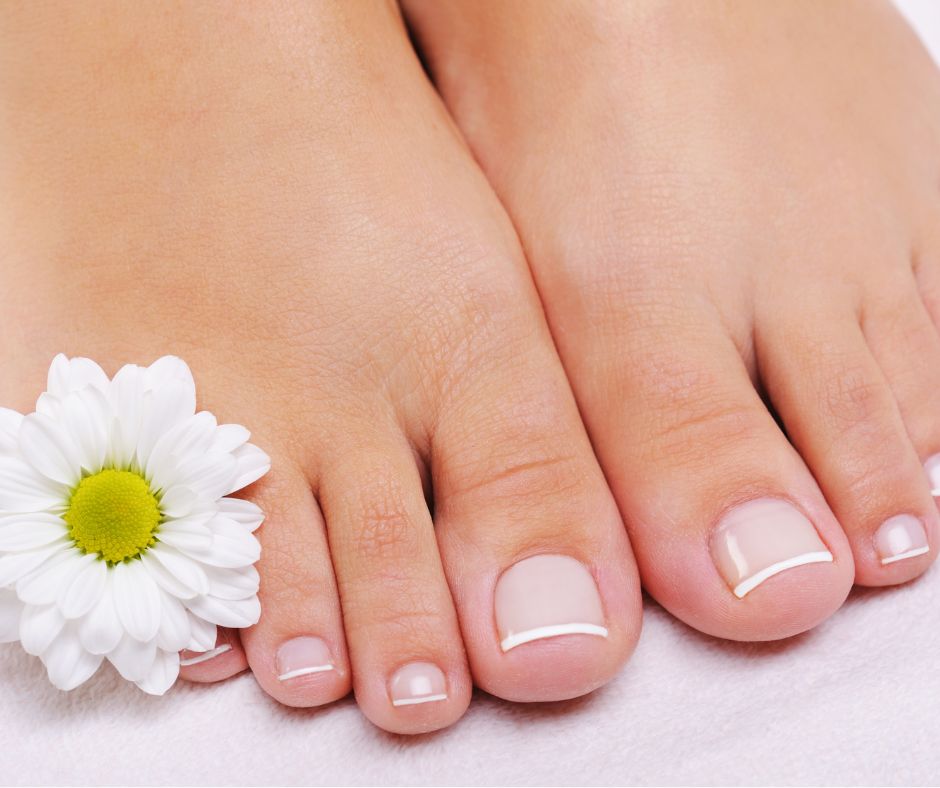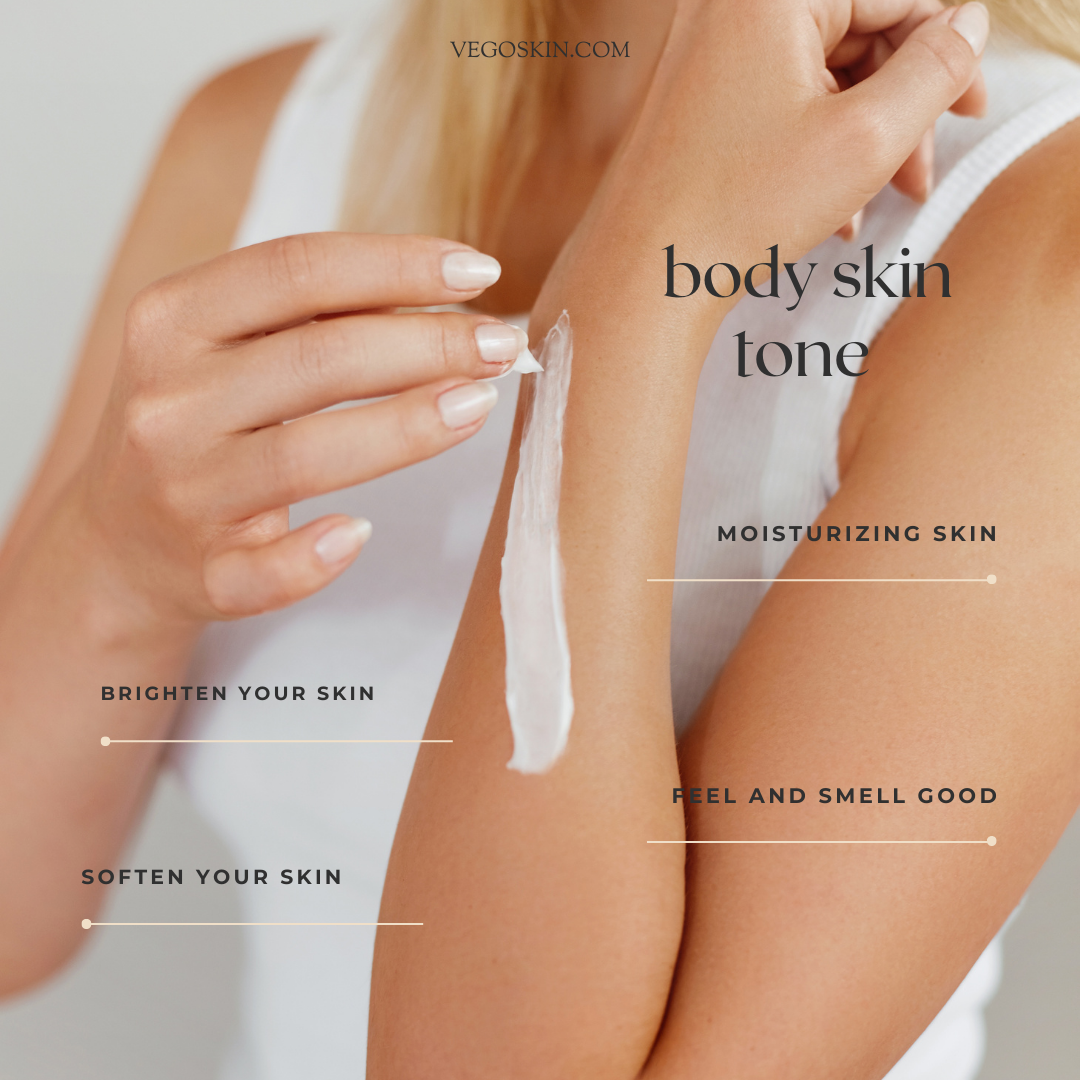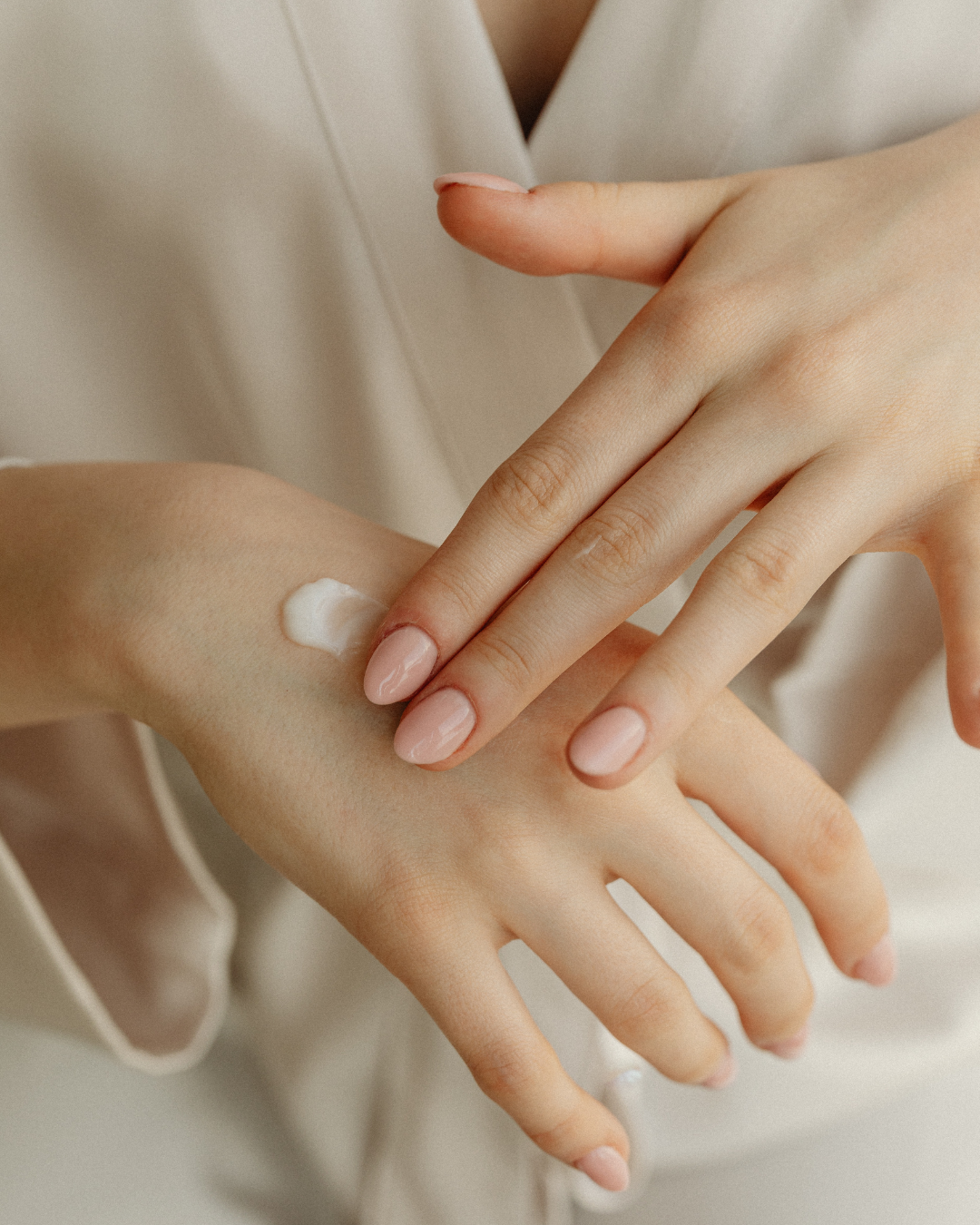Foot Care 101: Daily Habits For Strong, Beautiful Feet
Your feet are the unsung heroes of your body, carrying you through life’s adventures, from morning jogs to late-night dances. Yet, they often get overlooked in our daily self-care routines. Neglecting foot care can lead to discomfort, pain, and even long-term issues like calluses, cracked heels, or infections. That’s why we’re diving into Foot Care 101: Daily Habits For Strong, Beautiful Feet, a guide to help you prioritize your feet with simple, effective habits. By incorporating these practices into your routine, you’ll not only keep your feet healthy but also ensure they look and feel their best.
In this article, we’ll explore practical tips, expert advice, and daily habits to maintain strong, beautiful feet. From proper cleaning techniques to choosing the right footwear, we’ve got you covered. Let’s step into the world of foot care and give your feet the love they deserve!
Why Foot Care Matters
Your feet endure a lot—constant pressure, friction, and exposure to various environments. According to the American Podiatric Medical Association, the average person takes about 8,000 to 10,000 steps per day. That’s a lot of work for such a small part of your body! Without proper care, feet can develop issues like blisters, fungal infections, or even structural problems like bunions.
Foot Care 101: Daily Habits For Strong, Beautiful Feet starts with understanding why your feet need attention. Healthy feet contribute to overall well-being, improve posture, and prevent mobility issues. Plus, well-groomed feet boost confidence, whether you’re slipping into sandals or going barefoot at the beach. Let’s break down the daily habits that will keep your feet in tip-top shape.
1. Clean and Dry Your Feet Thoroughly
The foundation of foot care is cleanliness. Washing your feet daily removes dirt, sweat, and bacteria that can lead to odors or infections. A gentle scrub with a foot brush can help exfoliate dead skin and keep your feet smooth.
After washing, dry your feet completely, especially between the toes. Damp feet are a breeding ground for fungi, which can cause athlete’s foot or toenail infections. Pat your feet dry with a clean towel and consider using a talc-free foot powder to absorb excess moisture if you’re prone to sweating.
Pro Tip: If you’re dealing with persistent foot odor, try soaking your feet in a mixture of water and Epsom salt for 15 minutes a few times a week. This can help neutralize odors and relax tired feet.
2. Moisturize to Prevent Dryness and Cracks
Dry, cracked heels are not only unsightly but can also be painful if left untreated. To keep your feet soft and hydrated, apply a rich moisturizer daily, preferably after washing. Look for creams containing ingredients like urea, shea butter, or glycerin, which lock in moisture and repair dry skin.
For an extra boost, try a nighttime routine: slather on a thick layer of foot cream, then slip on cotton socks to seal in the moisture while you sleep. This simple habit can transform rough heels into smooth, beautiful feet over time.
Foot Care 101: Daily Habits For Strong, Beautiful Feet emphasizes consistency. Moisturizing daily prevents cracks from worsening and keeps your feet looking sandal-ready year-round.
3. Trim Toenails Properly
Improperly trimmed toenails can lead to painful issues like ingrown nails or infections. To avoid this, trim your toenails straight across using a clean, sharp nail clipper. Avoid cutting them too short or rounding the edges, as this can cause the nail to grow into the skin.
File any rough edges with a nail file to keep them smooth. If you notice redness, swelling, or pain around a toenail, consult a podiatrist, as these could be signs of an ingrown nail or infection.
Fun Fact: Did you know that toenails grow about 1 millimeter per month? Regular trimming every 2-3 weeks keeps them neat and healthy.
4. Exfoliate to Remove Dead Skin
Dead skin buildup can lead to calluses and rough patches, especially on your heels and the balls of your feet. Exfoliating 1-2 times a week helps remove this buildup and keeps your feet smooth. Use a pumice stone or a foot file after soaking your feet in warm water for 10 minutes to soften the skin.
Be gentle—over-exfoliating can irritate your skin or worsen calluses. After exfoliating, apply a moisturizer to keep the newly revealed skin hydrated.
Quick Tip: For a DIY foot scrub, mix equal parts sugar and olive oil. Rub it onto your feet in circular motions, then rinse and moisturize. This natural exfoliant is cost-effective and leaves your feet feeling pampered.
5. Choose the Right Footwear
Your shoes play a massive role in foot health. Ill-fitting or unsupportive shoes can cause blisters, bunions, and even chronic pain. When shopping for shoes, prioritize comfort and support over style. Look for shoes with good arch support, a wide toe box, and cushioning.
The American Academy of Orthopaedic Surgeons recommends replacing athletic shoes every 300-500 miles of use (roughly every 6 months for regular runners). Worn-out shoes lose their support and can lead to foot and ankle injuries.
Foot Care 101: Daily Habits For Strong, Beautiful Feet also means giving your feet a break. Alternate between different pairs of shoes to avoid repetitive pressure on the same areas. At home, consider going barefoot or wearing supportive slippers to let your feet breathe.
6. Protect Your Feet in Public Spaces
Public pools, gyms, and locker rooms are hotspots for fungal infections like athlete’s foot. Always wear shower shoes or flip-flops in these areas to protect your feet from bacteria and fungi. Additionally, avoid sharing towels, socks, or shoes with others to reduce the risk of infection.
If you suspect a fungal infection (symptoms include itching, redness, or peeling skin), use an over-the-counter antifungal cream and consult a doctor if symptoms persist.
7. Stretch and Strengthen Your Feet
Keeping them strong and flexible prevents injuries and improves mobility. Incorporate simple foot exercises into your routine, such as:
- Marble pickup: Use your toes to pick up marbles and place them in a bowl.
- Calf stretches: Stand facing a wall, place one foot behind you, and lean forward to stretch your calf.
These exercises improve circulation, reduce stiffness, and strengthen the muscles that support your arches. For guided routines, check out Yoga International’s foot exercises.
8. Inspect Your Feet Regularly
Regular foot inspections can catch potential issues early. Check for cuts, blisters, redness, or changes in your toenails. The American Diabetes Association recommends daily foot checks for those with diabetes to prevent infections.
If you notice anything unusual, like persistent pain or swelling, consult a podiatrist. Early intervention can prevent minor issues from becoming major problems.
9. Treat Your Feet to a Soak
A warm foot soak is not only relaxing but also therapeutic. Soaking your feet in warm water with Epsom salt or essential oils like lavender can relieve soreness, reduce swelling, and soften skin. Aim for a 15-20 minute soak once or twice a week, followed by exfoliation and moisturizing.
Caution: Avoid soaking if you have open wounds or infections, as this can worsen the condition. Always check with a doctor if you’re unsure.
10. Maintain a Healthy Lifestyle
Your overall health impacts your feet. A balanced diet rich in vitamins and minerals supports skin and nail health. For example, biotin strengthens nails, while hydration keeps skin supple. Regular exercise improves circulation, reducing the risk of swelling or cramps.
If you’re overweight, losing excess pounds can reduce pressure on your feet and alleviate pain. Consult a healthcare provider for personalized advice on diet and exercise.
Common Foot Problems and How to Prevent Them
Even with the best care, foot issues can arise. Here’s a quick guide to common problems and prevention tips:
- Calluses: Caused by pressure or friction. Use cushioned insoles and exfoliate regularly.
- Blisters: Result from ill-fitting shoes. Wear properly fitted shoes and use blister pads.
- Athlete’s Foot: A fungal infection. Keep feet dry and wear breathable shoes.
- Plantar Fasciitis: Heel pain from inflammation. Use supportive shoes and stretch regularly.
For persistent issues, visit a podiatrist for professional treatment.
Foot Care 101: Daily Habits For Strong, Beautiful Feet – A Lifestyle Choice
Adopting these habits isn’t just about aesthetics—it’s about investing in your long-term health. Foot Care 101: Daily Habits For Strong, Beautiful Feet is a reminder that small, consistent actions can make a big difference. Whether it’s moisturizing daily, choosing supportive shoes, or stretching your feet, these habits build a foundation for strong, pain-free feet.
By prioritizing foot care, you’re not only enhancing your mobility but also boosting your confidence. So, take a step in the right direction today. Your feet will thank you!
Final Tip: Treat yourself to a professional pedicure every few months for a thorough clean and polish. It’s a great way to maintain your foot care routine and pamper yourself.
For more foot care resources, visit the American Podiatric Medical Association or explore WebMD’s foot health section. Your journey to strong, beautiful feet starts now!



